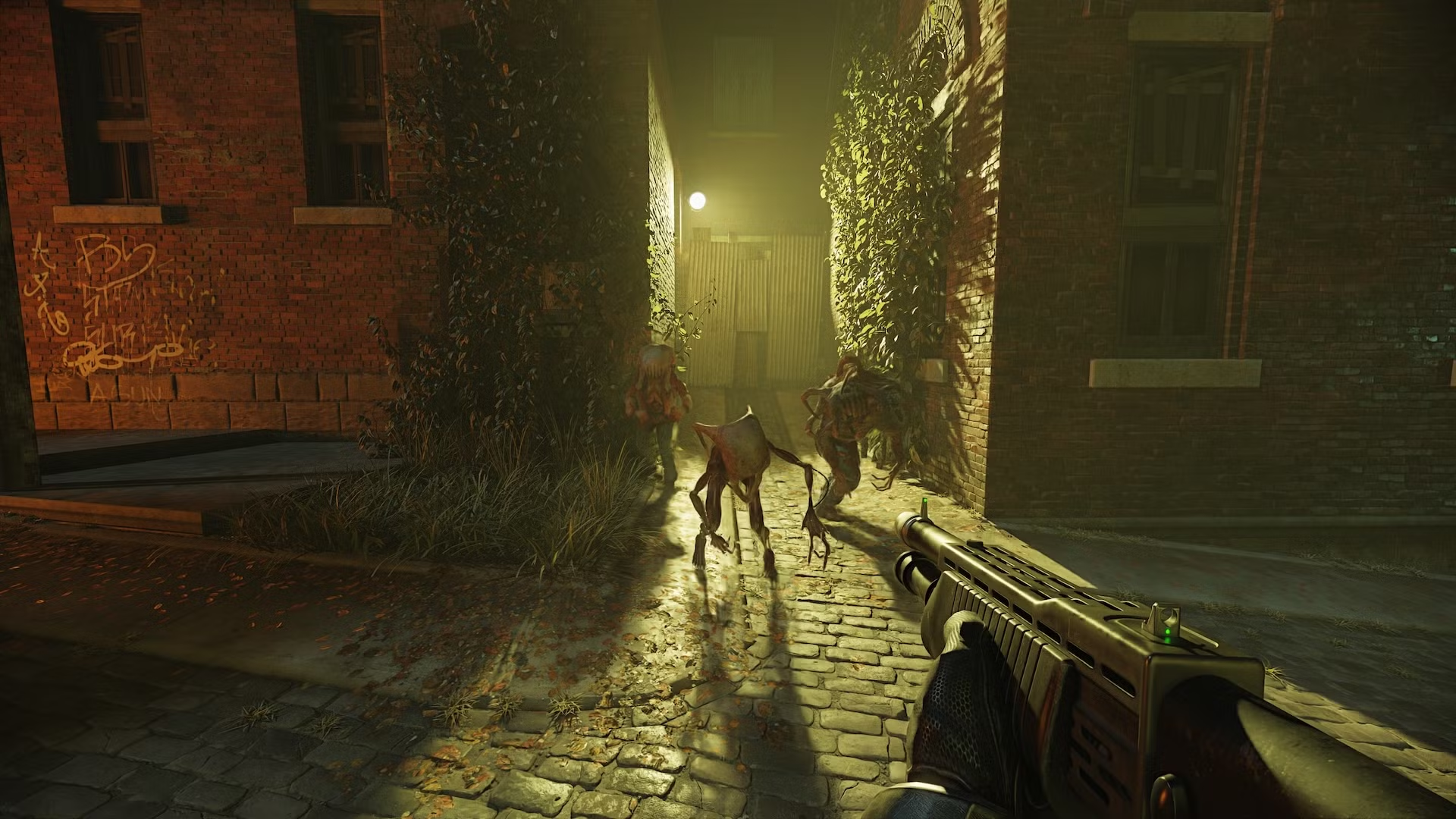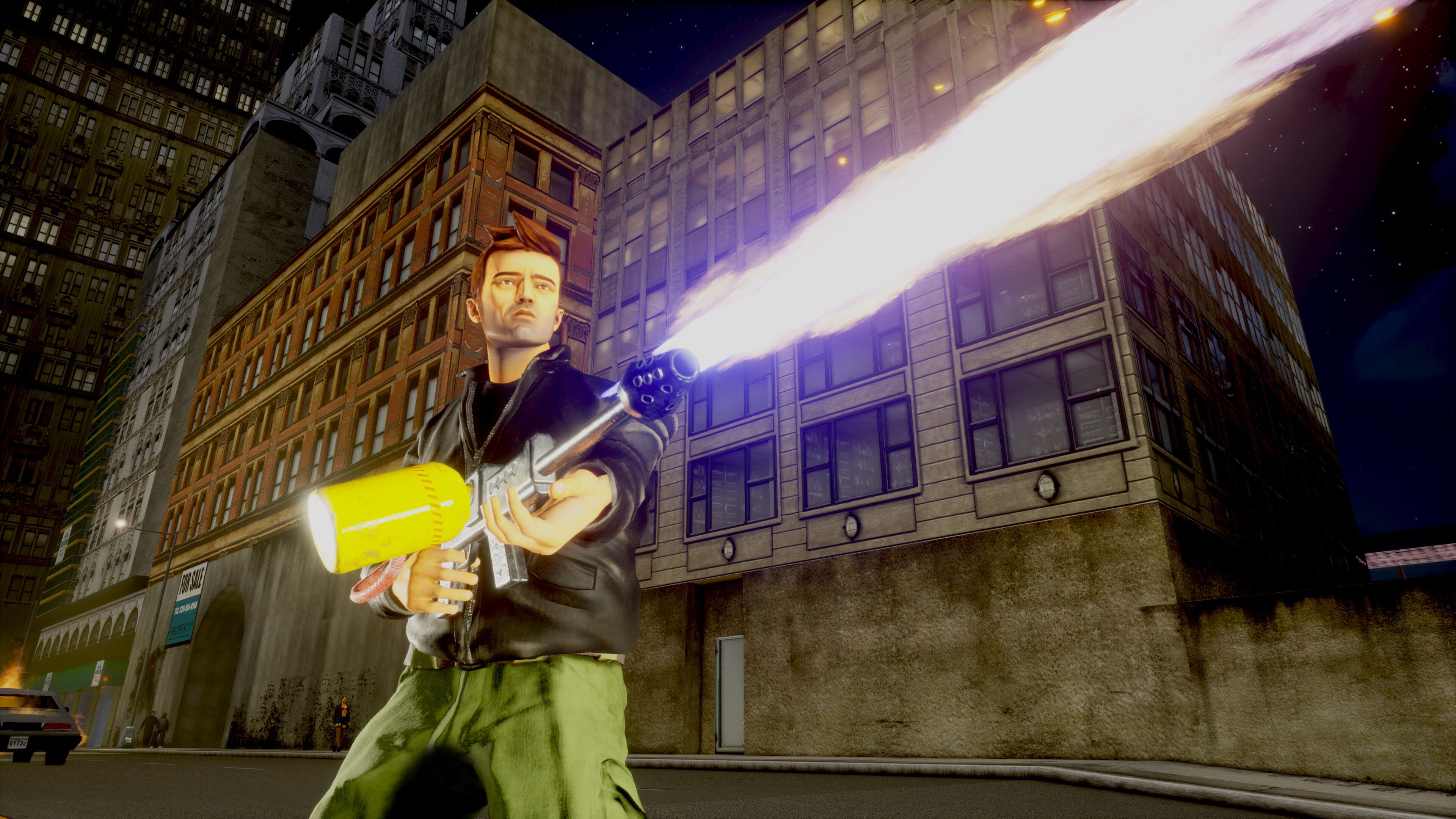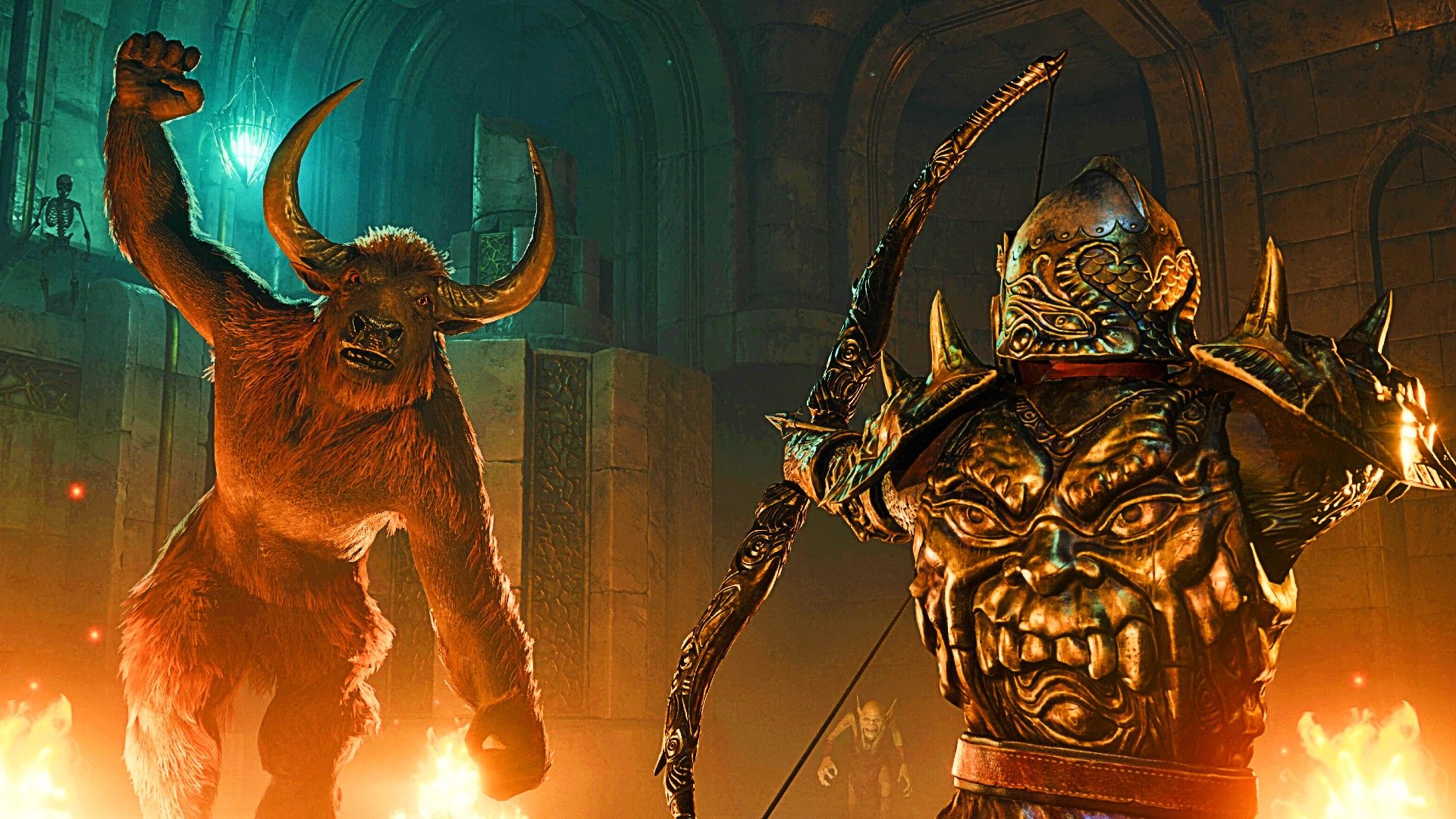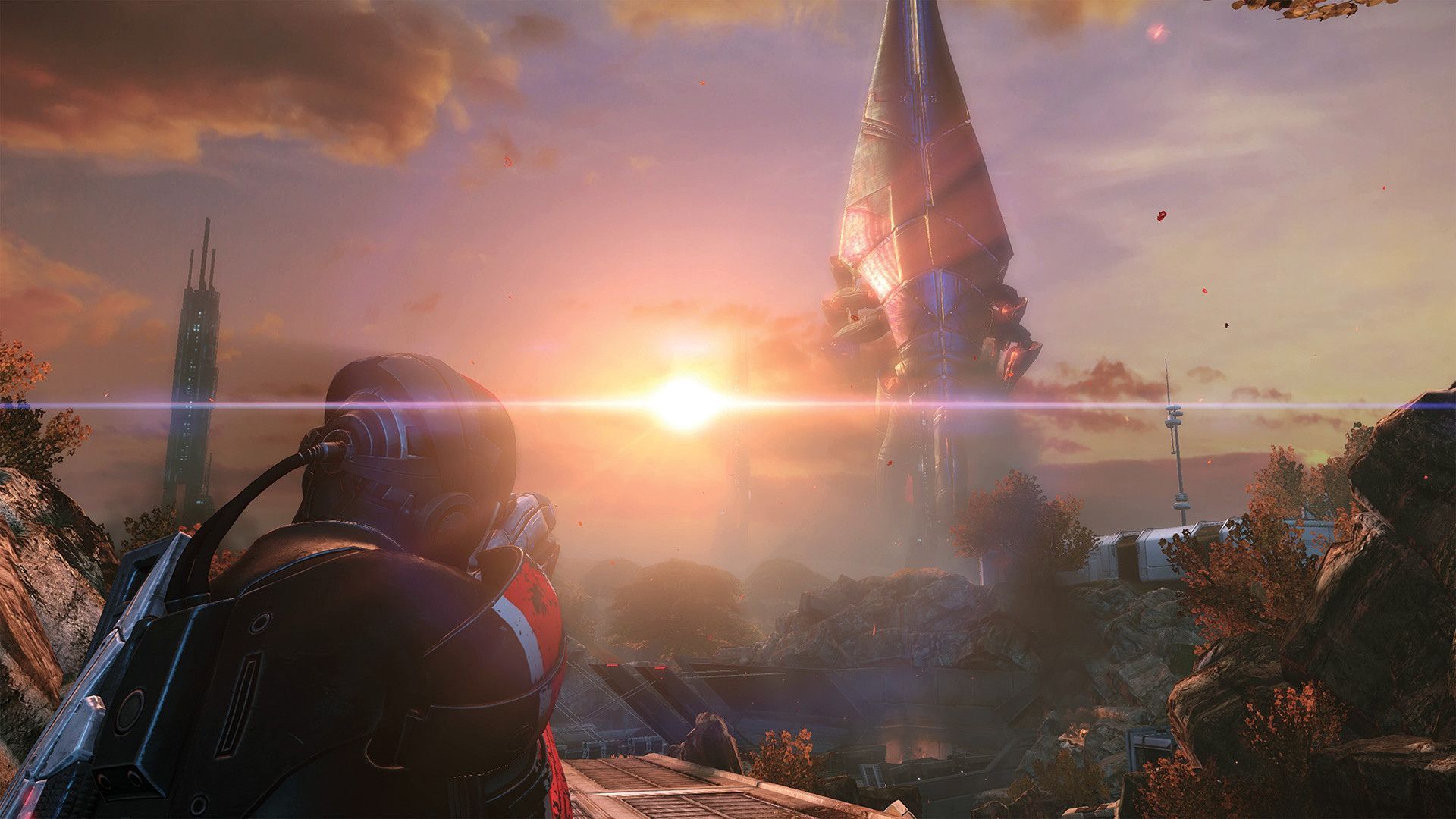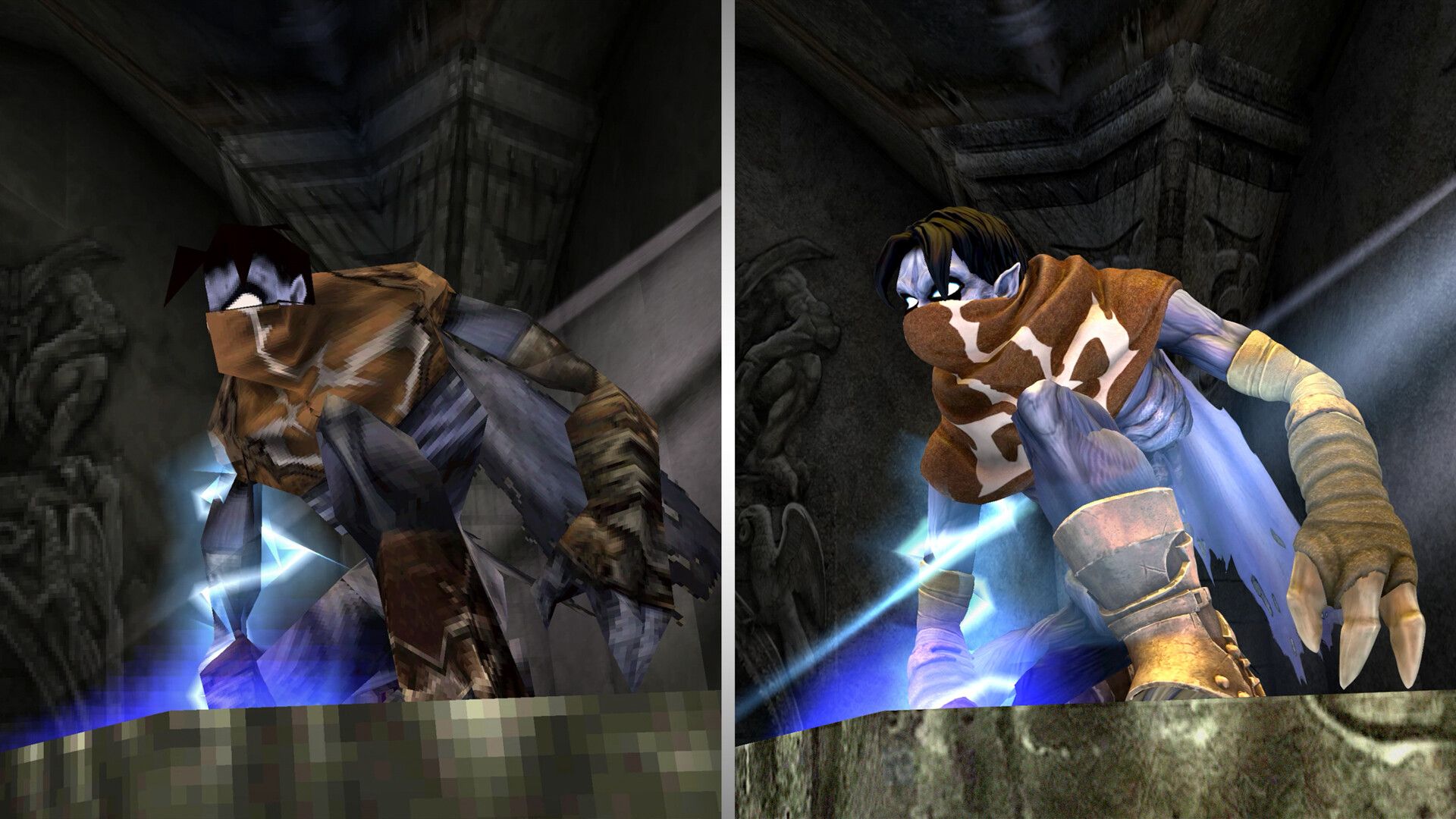Summary
- AI upscaling is a revolutionary tool that can elevate old games to modern standards, but its results vary.
- AI remasters aren’t perfect. They may lose details or create unintended visual errors.
- The best remasters blend AI upscaling with traditional art to create stunning transformations of classic games.
For better or worse, AI is becoming an increasingly common part of everyday life, and that has recently extended to video game remasters. AI upscaling is a technique that is shaping many of the latest remasters, but its inconsistent results are becoming a cause for concern over the future of remastered releases.
Remasters can elevate old games to the graphical standards of modern releases, though every game requires a different amount of effort to make this a reality. For some games released within the last decade, remasters are just a few upscaled textures (meaning the textures are presented at higher resolutions) and minor graphical tweaks away from reaching next-gen quality. However, older games aren’t always as easy to improve.
Simply upscaling low-detail textures won’t always make a game look better. Many early 3D games were designed for low resolutions, and upscaling them often reveals the blurry textures and visual shortcomings that were never meant to be seen. To avoid this problem, most remasters of PS1-era games enhance their visuals with newly updated textures and 3D models.
Because of the immense workload that comes with remastering older games, many developers have turned to AI upscaling to streamline the process. AI upscaling is a powerful tool that not only renders games at higher resolutions but can also recreate the original assets with a significantly higher level of detail. This can replace blurry textures with photorealistic surfaces, or update 3D objects and character models with more detailed alternatives. AI upscaling can produce jaw-dropping results, turning even the muddiest-looking games into graphical triumphs on par with modern releases.
You can see the benefits of AI upscaling for yourself in NVIDIA’s RTX Remix enhancement of The Elder Scrolls III: Morrowind.
So how does AI upscaling deliver such a drastic transformation of a game that’s over two decades old? In the case of RTX Remix, the AI program is trained on a neural network to replace old textures with realistically detailed surfaces and some 3D models with custom assets. RTX Remix can also add ray-tracing to older titles, allowing AI remasters to include realistically dynamic lighting and textures with ray-traced reflections. Along with this significant graphical upgrade, RTX remix incorporates DLSS 4 to provide better frame rates and higher-quality ray tracing.
It should be noted that not every AI remaster is this exhaustive in detail. Some remasters use AI solely to clean up their upscaled textures, while others include new textures, but lack ray-tracing or other advanced rendering techniques.
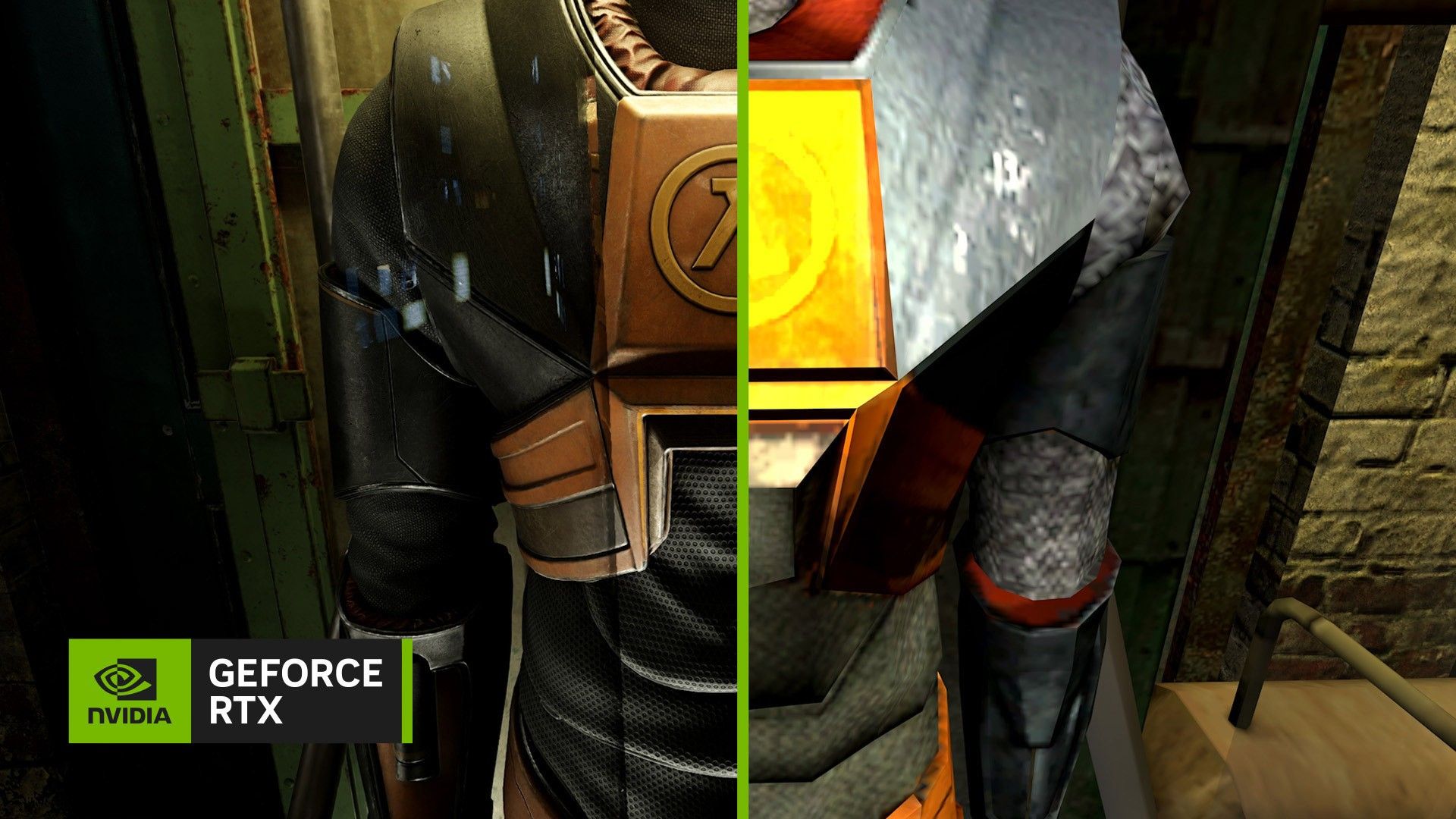
Related
Half-Life 2 RTX Remix Proves That Ray Tracing Isn’t a Magic Pill for Remasters
There is no easy path when it comes to remastering a game.
Despite its obvious advantages, AI upscaling isn’t the perfect solution to the challenges of remastering old games, and its limitations are having a damaging effect on many modern remasters.
AI Remasters Aren’t Perfect
AI upscaled remasters improve upon the original game’s graphics by reproducing textures and visual effects at higher resolutions, though the result is based on the AI’s approximation of how these assets should look rather than being a perfect recreation of their original appearance. Some details will inevitably get lost in translation when remastering with AI, which can lead to obvious errors or blatant visual downgrades.
Possibly the most infamous example of AI upscaling gone wrong is Grand Theft Auto: The Trilogy – Definitive Edition, a remastered compilation of the PS2-era’s Grand Theft Auto games. Definitive Edition brought three massive open-world sandboxes into Unreal Engine 4, and its developer—Grove Street Games—used AI upscaling to remaster the more than 100,000 textures spread across all three games. Unfortunately, Definitive Edition is a case study of the many problems that can arise from over-relying on AI-powered remastering.
AI upscalers often struggle to interpret text or other precise details when remastering textures, causing misspelled words (or total gibberish) and similar mistakes to appear in the updated assets. Definitive Edition was rife with these oversights at launch, though many of its most egregious errors were fixed in later patches.
AI upscalers are also prone to over-correcting and mistakenly removing visual details, giving 3D models and textures an unnaturally smooth appearance. Games like Definitive Edition suffer from this issue in more ways than one. The upscaled character models feature uncanny, wax-like faces, whereas the barely-textured vehicles look like they came out of an unfinished build of the game. The artificial appearance that plagues much of the collection clashes against its updated environments and deprives Definitive Edition of the immersive realism that has always characterized the 3D Grand Theft Auto games.
AI upscaling isn’t just a problem for 3D models; similar attempts at upscaling pixel graphics have run into the same exact issues. 2D sprites suffer from the same smoothing effect after being upscaled, with the AI often erasing more details than is necessary. Environmental textures also suffer from inconsistent visual quality, with some textures appearing too detailed compared to their surroundings, while other textures are incomprehensible blurs of color that barely resemble the original designs.
AI upscaling has the potential to deliver outstanding remasters, but the technology is still in its infancy. While AI-powered remasters often look decent from a distance, their facade falls apart as soon as you see them up close.
Current AI models struggle to replicate the minute details of hand-crafted textures, replacing the thoughtfully designed art of classic games with ugly, artificial-looking imitations. AI may one day be the driving force of video game remasters, but that won’t be the case for a while.
Traditional Remasters Are an Art Form
Despite the problems that pervade AI upscaling, it’s easy to understand why so many official and unofficial remasters still depend on the tool. AI upscaling makes remastering old games faster and easier than recreating thousands of unique assets and textures from scratch. Moreover, not every AI upscaled remaster is as disastrous as Grand Theft Auto: The Trilogy – Definitive Edition, and some AI upscales like the Final Fantasy IX: Moguri Mod look better than their original releases.
However, traditional remasters are irreplaceable. When games are remastered from the ground up, they can bring drastic graphical overhauls and improvements while staying true to the original art direction. Remasters also serve as opportunities to bring classic games closer to their creator’s original vision or take advantage of graphical techniques that didn’t exist at the time of their release.
For example, The Legend of Zelda: The Wind Waker HD is a vibrant transformation of one of the GameCube’s most visually stunning games. The Wii U remaster preserves every aspect of Wind Waker‘s cel-shaded graphics— ranging from its colorful characters to its stylized environments—but its updated lighting engine and reworked textures make for a mind-blowing improvement to the game’s vibrant art style.
The Resident Evil 4 HD Project is an even more impressive example of how remasters can overhaul a game’s graphics without losing their visual identity. This fan-made mod adds a slew of new 3D models, textures that better resemble their real-life reference material, numerous patches for the original’s graphical issues, and a multitude of other visual enhancements. The subtle details that AI remasters often struggle with are HD Project‘s specialty, and it’s easily the definitive way to play Resident Evil 4.
More recently, The Elder Scrolls IV: Oblivion Remastered breathed new life into Bethesda’s 2006 role-playing masterpiece. Along with an extensive list of gameplay enhancements, Oblivion Remastered delivers a radical visual transformation that elevates the game to a graphical showcase worthy of the “next-gen” label. Although Oblivion Remastered traded the original’s bright green fields and blinding bloom effects for a grounded aesthetic rendered in awe-inspiring detail, it still contains everything we loved about the land of Cyrodiil—bugs and all.
Of course, not every remaster is an objective improvement to the original. Some remasters offer minimal changes or suffer from bugs that weren’t present in the original release. Others are more controversial due to drastic changes to the original game’s artstyle, such as Halo: Combat Evolved Anniversary and Conker: Live and Reloaded.
However, even the most divisive remasters are preferable to a rushed AI-upscaled project. Remasters aren’t always accurate recreations of their source material, but the differences set them apart based on their own merits. More importantly, you can at least appreciate that there’s a clear creative vision behind these changes, regardless of whether you agree with that vision or not.
AI upscaling doesn’t have this benefit. Without a human touch, any significant changes that an AI-upscaled remaster makes to a game’s visuals are entirely accidental, and the disastrous results make this obvious. Traditional remasters can deviate from their source material to offer creative re-imaginings of familiar settings or impressive showcases of new technology, but the possibilities of relying solely on AI upscaling are nowhere near as extensive.
The Best Remasters Use Both Methods
I’ve discussed both good and bad examples of AI upscaling, and there’s one key difference that separates the two. At its worst, AI upscaling is used as a replacement for ground-up remastering. Although AI upscaling is capable of producing high-quality visuals, it’s still highly prone to making mistakes. But when used by proper artists, AI upscaling is an incredible tool that can change the face of future video game remasters.
Some of the best remasters in recent years have already blended AI and traditional art. Mass Effect Legendary Edition—a remastered compilation of the Mass Effect trilogy—used AI to upscale every single texture across all three games. That may sound like a recipe for disaster after what happened with Grand Theft Auto: The Trilogy – Definitive Edition, but Legendary Edition avoided these issues by taking the time to touch up these assets. The result is a remaster with gorgeous visuals that outshine the original trilogy, yet still boasts the intricate details that can only be achieved through hand-crafted artwork.
Other recent remasters have adopted similar practices. Tomb Raider I-III Remastered and Legacy of Kain: Soul Reaver 1 & 2 Remastered both feature a combination of modified AI-upscaled textures and new assets created from scratch. Nightdive Studios’ remasters of classic games like Turok 3 and Quake also use AI upscaling, albeit in a very limited capacity.
NVIDIA’s RTX Remix enhancement of Morrowind similarly employs a combination of AI upscaling, brand-new assets, and additional lighting effects. Likewise, AI-upscaled remasters of games with 2D sprites and pre-rendered backgrounds still rely on manual editing to correct visual errors. Even some remasters created without AI upscaling can take advantage of the technology through DLSS, which uses AI to display games at higher resolutions than they are currently rendered.
AI upscaling is neither the perfect replacement for traditional remasters, nor is it always a sign of disaster. Remasters can—and should—use AI upscaling as a foundation for their stunning transformations of iconic games. However, this can only be accomplished by treating it as a tool for creators and not a substitute for real artists.


